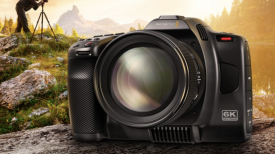
I’ve spent much of the last year working with the Blackmagic URSA Mini 4.6k camera and colour grading the resulting footage. The new URSA Mini Pro adds some very significant improvements over the existing camera and I’ve been doing some quick field tests to see how well it lives up to expectations.
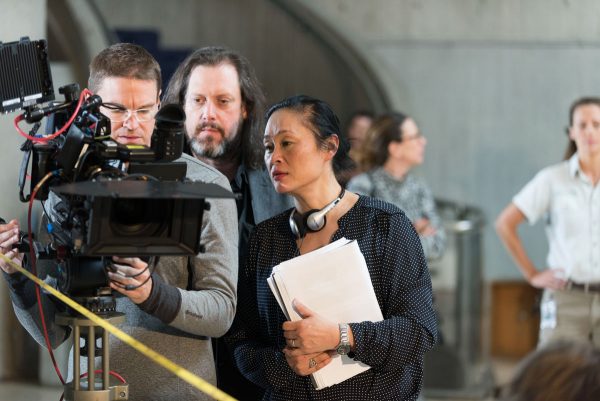
The body is the same size and shape as the original Mini and takes all of the same accessories, including the shoulder kit and EVF, which I’ve found to be very important additions to the kit.
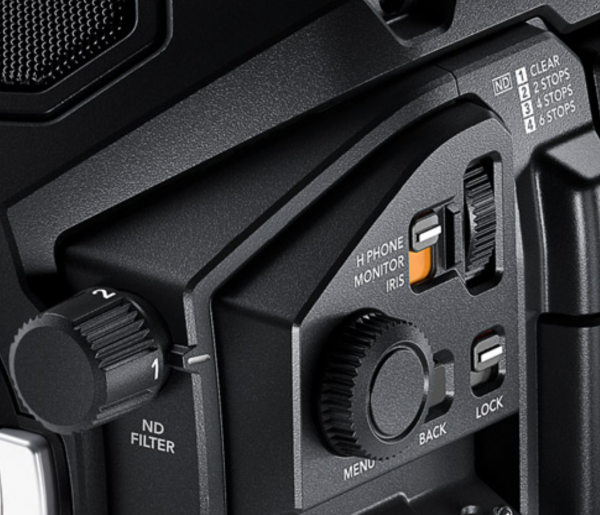
The Pro also uses the same 4.6k sensor but adds quite a few physical controls and operational features. Topping this list is the inclusion of built in ND filters with a very conventional feeling filter wheel control which will be familiar to anyone who’s ever used a broadcast style camera. This makes a massive difference to situations where you need to shoot fast or without a full crew.
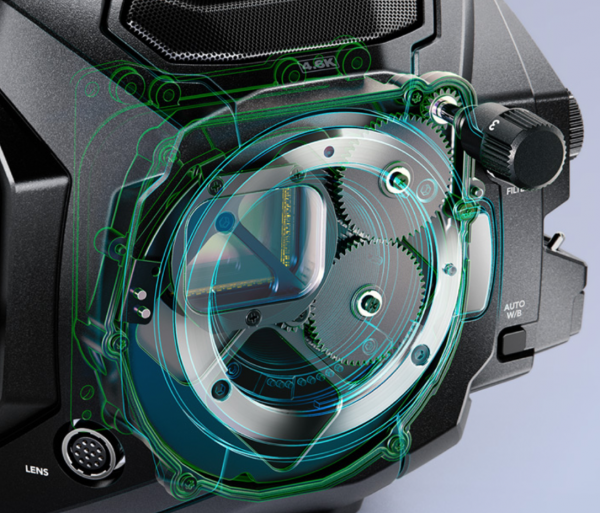
The Pro’s built in ND’s have four options – Clear, 2 Stops, 4 Stops and 6 Stops, which is enough to get the right exposure and DOF in most situations. They are also IR ND’s and my initial tests have suffered from no noticeable IR pollution.
The ND wheel is also marked in Stops instead of the ridiculous fractions that other manufacturers continue to persist with. The fractions as well as ND numbers can still be chosen for the on screen displays if you want.
At the top of the operator side of the camera is a physical power switch which is much quicker and easier to use than the button behind the flip out screen on the original Mini.
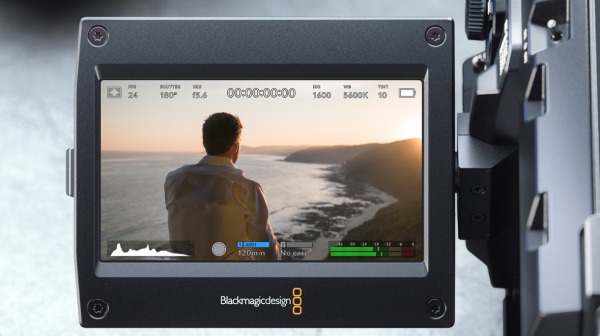
The flip out LCD screen is slightly smaller than the original Mini in order to make space for all the new controls on the operator side. After spending a lot of time working with the larger screen, I haven’t been at all bothered by the change and the image is still sharp, clear and bright with very good colour rendition.
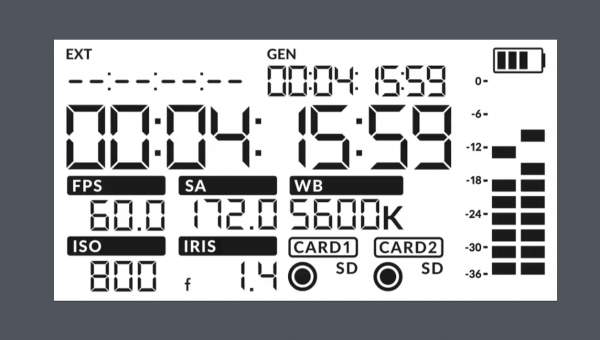
On the back of the screen, i.e. the side of the camera when the screen is not flipped out is a new black & white LCD that displays critical status information such as TC, audio levels, FPS, shutter, white balance, ISO and iris (for electronic lenses). The audio level dials are also located on this panel.
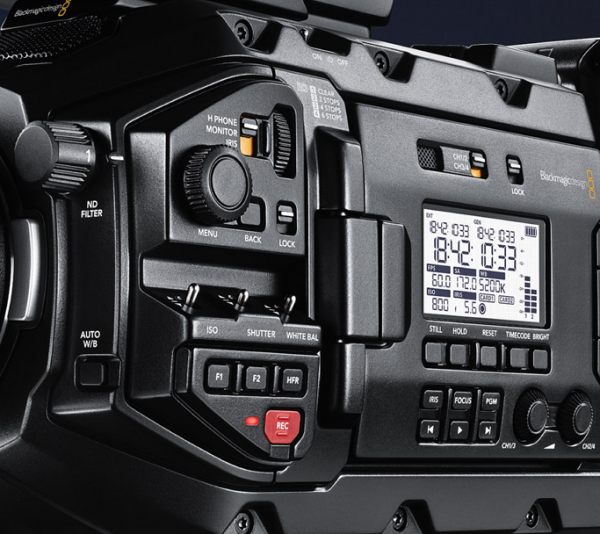
BMD’s step away from the clean minimalism of the operator side panel of the original Mini pays off with a treasure trove of operator friendly controls and looks serious. Three ENG-style switches control ISO, shutter and white balance and are exactly where you expect them to be. Unlike ENG cameras, these aren’t multi-position switches but spring loaded up and down toggles. This makes it easy to cycle through all of the available options very quickly.
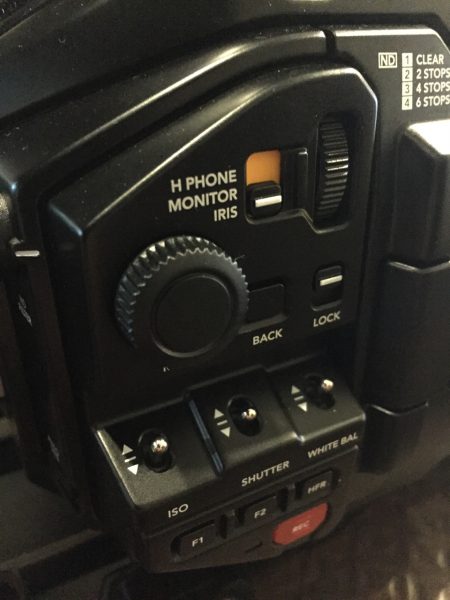
Another significant control nearby is a wheel which can be switched to control iris. This makes using electronic stills lenses a much more workable option when shooting handheld. While not quite as good as a real iris ring on the lens, it is very workable and vastly superior to having to take your eye away from the viewfinder to make an exposure adjustment. I’ve tried this with a Canon 24-105mm L-Series lens that is virtually unusable on the shoulder in anything but fully controlled lighting (not where you’re likely to use a lightweight f4 lens).
With the well positioned iris control, it becomes a very useable lens making it possible to do real run-and-gun style shooting in unpredictable lighting conditions.
The combination of all these new features means that it is easy to make adjustments to the key image parameters very quickly, especially when working as a solo operator. While I’ve mostly used the Ursa Mini with a full crew, I’ve also done numerous little pickup shoots where it would have been great to work with lightweight SLR zooms and no mattebox.
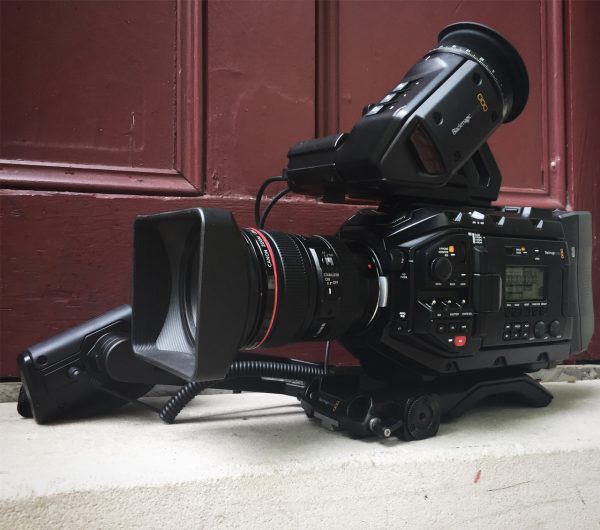
With the camera sitting solidly on the shoulder and a lightweight lens up front, like a DSLR lens or lightweight cine prime it’s very easy to balance and shoot solid handheld images even at longer focal lengths. On the 24-105 at the long end I found it was still easy to shoot very decent, stable images.

I used this configuration to shoot a friend’s child’s birthday party, which is pretty high on the unpredictable action scale. Shooting with the Canon zoom and a 35mm Samyang (Rokinon) I was comfortable doing some extended handheld operating and moving between drastically different lighting conditions with no hassle.
Many manufacturers have attempted to create a Super-35 sensor camera that is relatively small and lightweight and yet still has the ease of use and fast functionality that broadcast ENG style cameras have. For me this is the first one that actually hits the mark.
Combined with the existing choice of resolutions and on-board options for RAW or ProRes and a really easy menu system makes for a killer camera that really can’t be matched in the price or size range.




